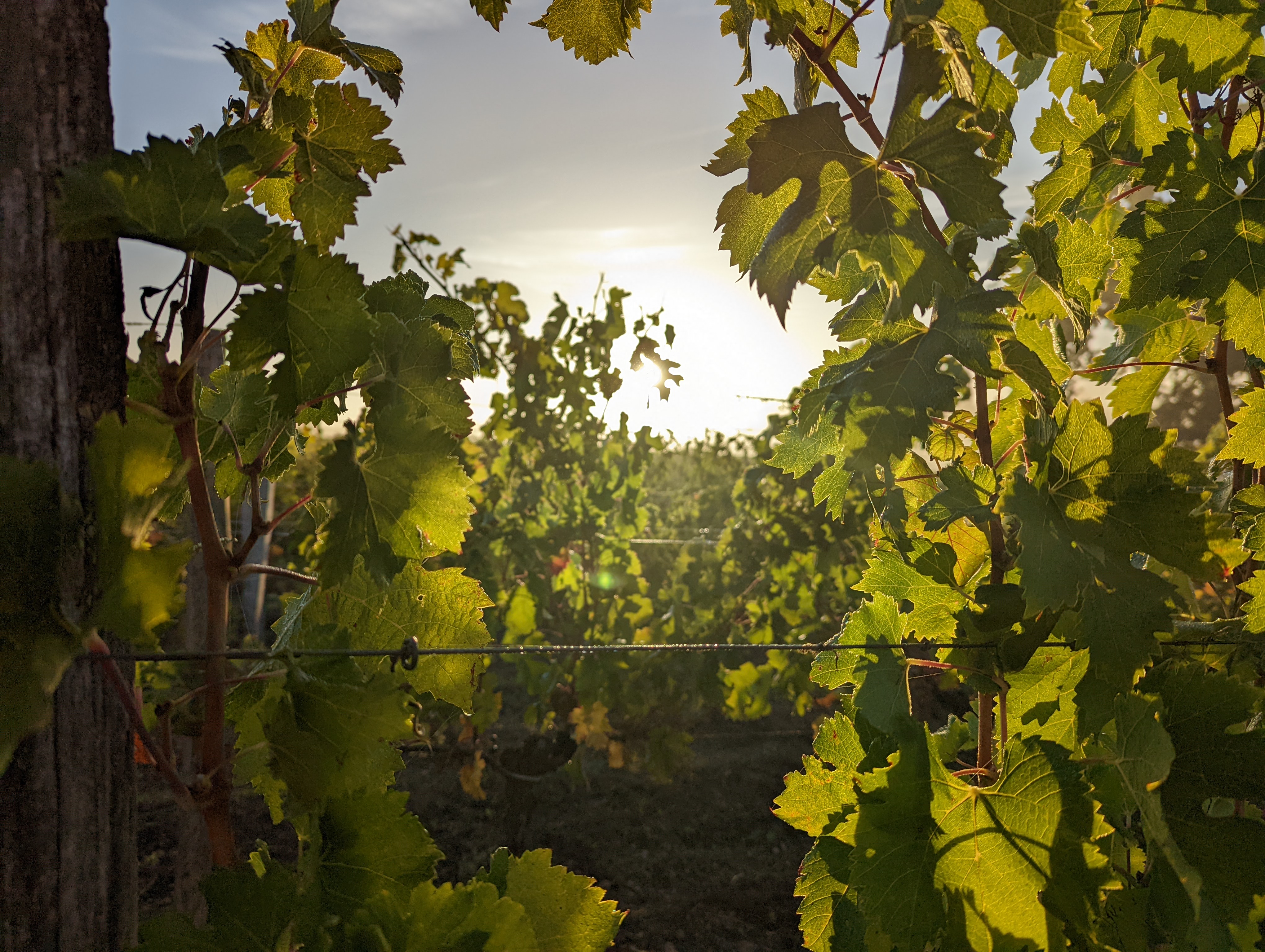Cabernet Franc ID

©Canva
Originally from the Bordeaux region, Cabernet Franc is also widely grown in other wine-growing regions around the world. Whether grown as a single variety or as a blend, this versatile grape variety is appreciated by wine lovers for its aromatic richness and its ability to produce elegant, well-balanced wines that offer a rich and varied tasting experience.
Its origin
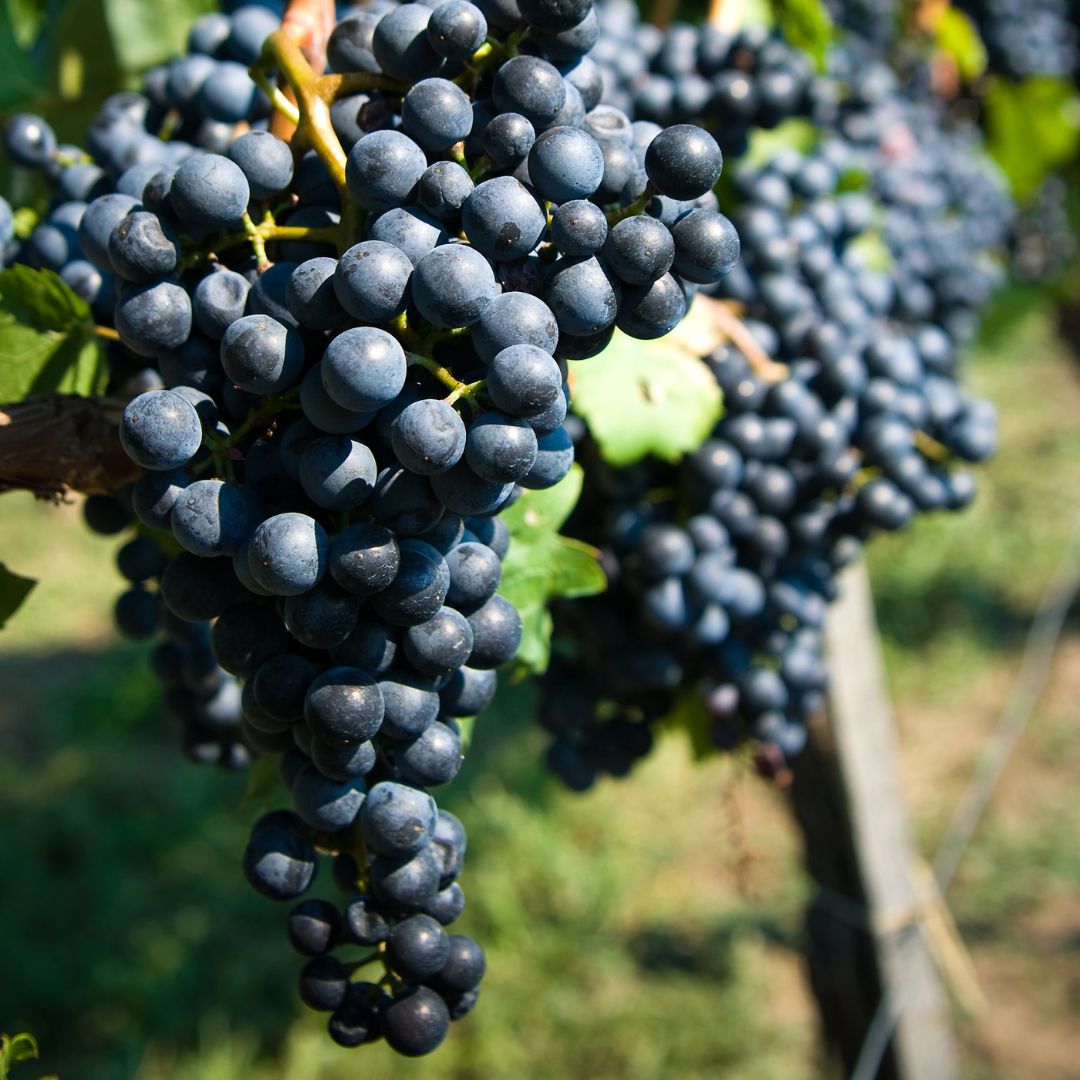
Cabernet franc is a very old black grape variety from the Bordeaux region. It is officially registered in the official national catalogue of vine varieties (on list A and classified) grown in France, as well as in other European Union countries such as Germany, Austria, Spain, Greece, Italy, the Netherlands, Portugal and Hungary. In Gironde, it is known by other names: Bouchet, Breton Gros Bouchet and Bouchy. In the Basque country, it is known as Noir de Fontarrabie, and noir dur, véronais, gros cabernet or petit véronais in the Orléans region.
It is often used as a complementary grape variety in Bordeaux wine blends, particularly in Saint-Émilion and Pomerol wines. It is also used in the blends of our red wines, Château La Perrière, Château La Rose Perrière and Clos Les Grandes Versannes. It is also widely grown in the Loire Valley, where it is used to produce light, fruity red and rosé wines, as well as internationally in other famous wine-growing regions of the world, including Italy, Spain, California in the United States, Argentina and Canada. Its exact origin is uncertain, but it is probably a cross between Cabernet Sauvignon and an ancient grape variety from the Bordeaux region.
Characteristics
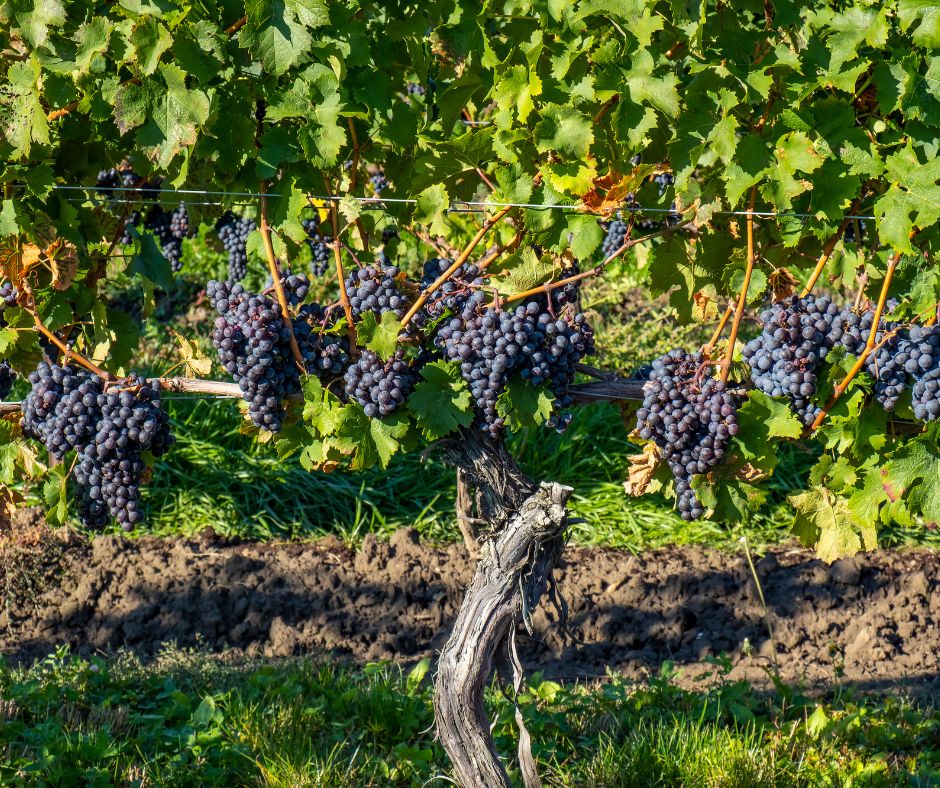
Cabernet Franc has medium to large, compact, cylindrical-conical bunches. The berries have a thin skin and are medium-sized, spherical and blue-black to blue-purple in colour. The leaves are medium to large, with five lobes and medium to large teeth. The shoots are green with a few silver hairs.
This variety thrives in temperate climates, with warm but not too hot summers and mild, sunny autumns. It prefers well-drained soils and can be susceptible to diseases such as mildew and powdery mildew.
Flavours and aromas

Cabernet Franc is renowned for its intense, complex flavours and aromas. On the palate, it generally offers notes of red and black fruits such as cherry, raspberry, strawberry and blackberry, as well as herbaceous and floral notes and hints of green pepper, mint and tobacco. Cabernet Franc has a velvety texture, with supple, silky tannins and a refreshing, relatively high acidity, and is generally medium to long on the palate. This grape variety is often used in blends with other grape varieties to create elegant, complex wines.
The best Cabernet Franc wines have excellent ageing potential. In fact, they can easily age for several years in the cellar, developing silky tannins, more complex aromas and beautiful harmony. However, Cabernet Franc wines can also be enjoyed young to benefit from their fruitiness and freshness.
Food and wine pairing
Mainly used in the Loire and Bordeaux regions of France, Cabernet Franc goes well with a variety of dishes. Here are a few suggestions for food and wine pairings that we think are particularly successful:
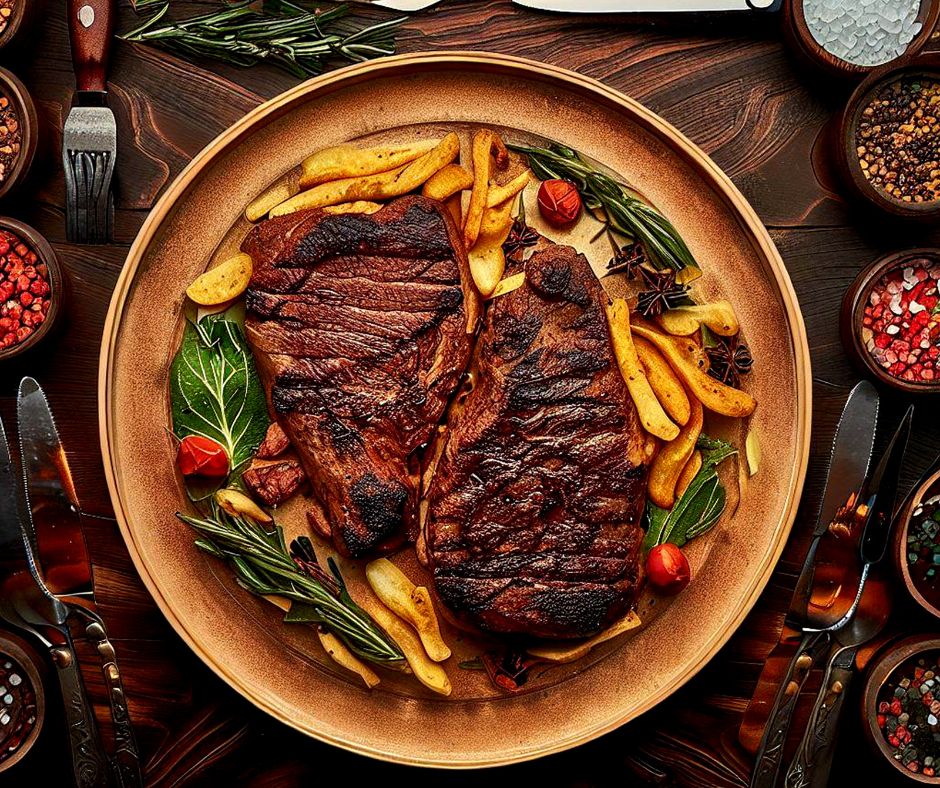
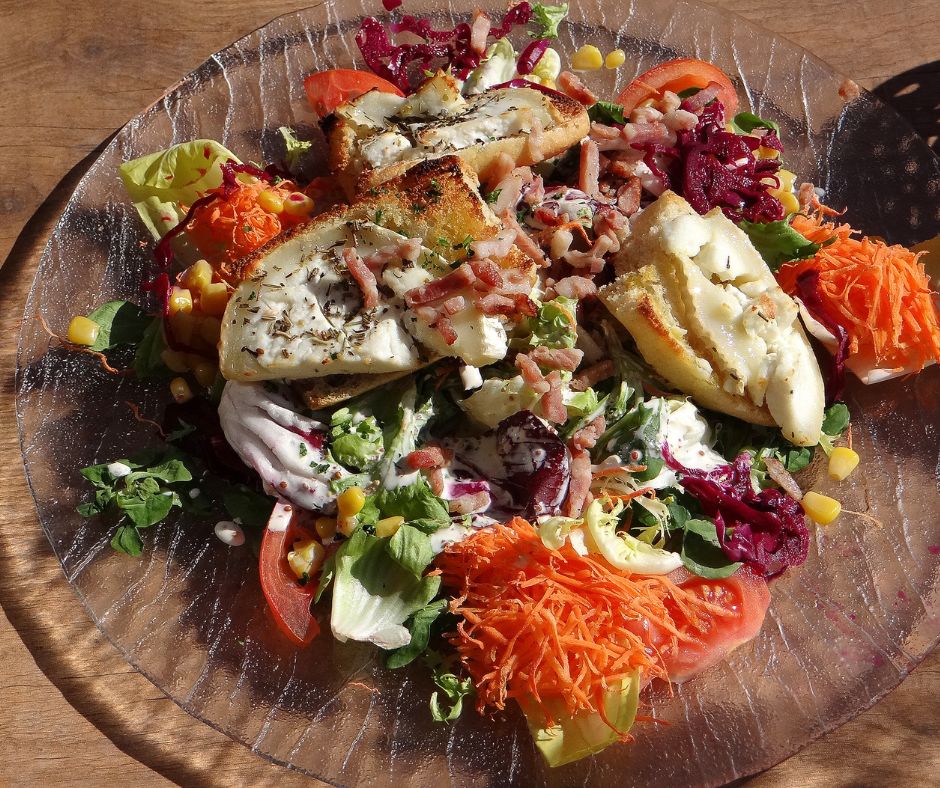
©Canva
- Red meat dishes such as grilled steak or roast beef are perfect! Ideally, choose a full-bodied, tannic Cabernet Franc to complement the richness of the meat.
- For duck or quail dishes, a lighter, fruitier Cabernet Franc will be perfect for bringing out the delicate flavours of the meat.
- For dishes based on soft cheese, such as goat's cheese or sheep's cheese, a medium-bodied Cabernet Franc with fresh acidity will do wonders to balance out the flavours.
- A vegetarian alternative: vegetarian dishes such as ratatouille or pasta with vegetables will find a touch of freshness and complexity in a fruity, elegant Cabernet Franc.
- It can also be enjoyed on its own, as an aperitif or an evening tasting.
Thanks to its versatility and ability to complement flavours without overpowering them, Cabernet Franc goes very well with a wide variety of dishes. Don't hesitate to experiment with different food and wine pairings to discover your personal preferences and vary the pleasures!
